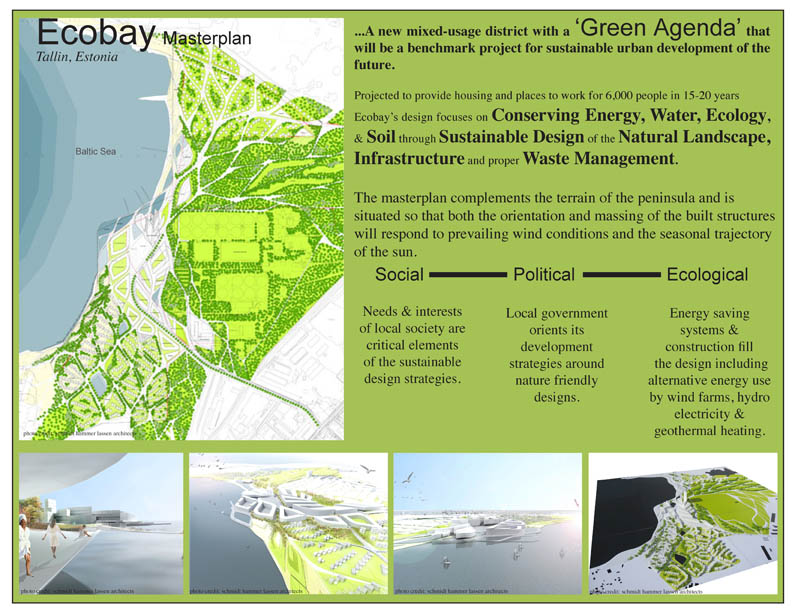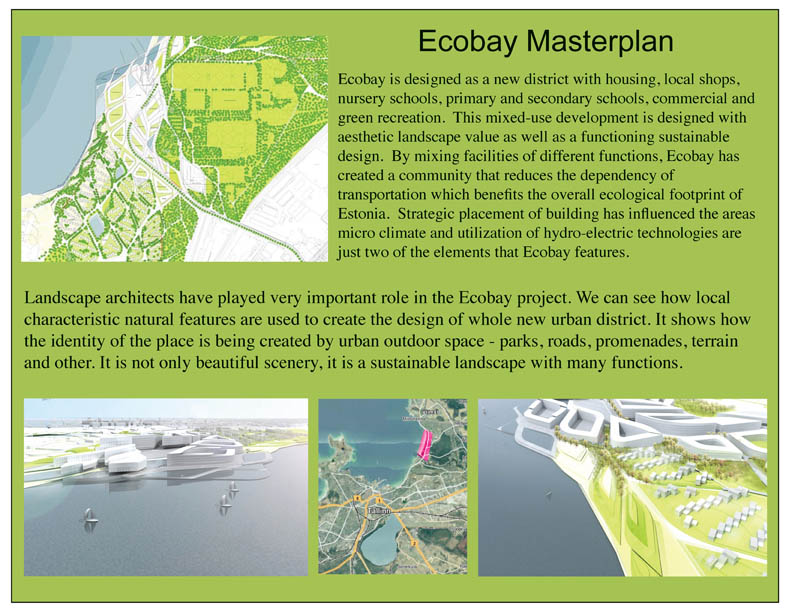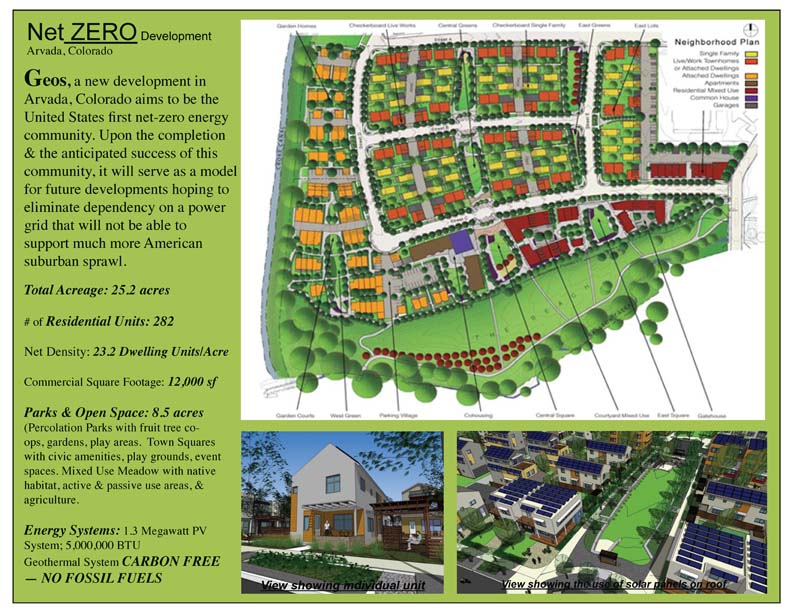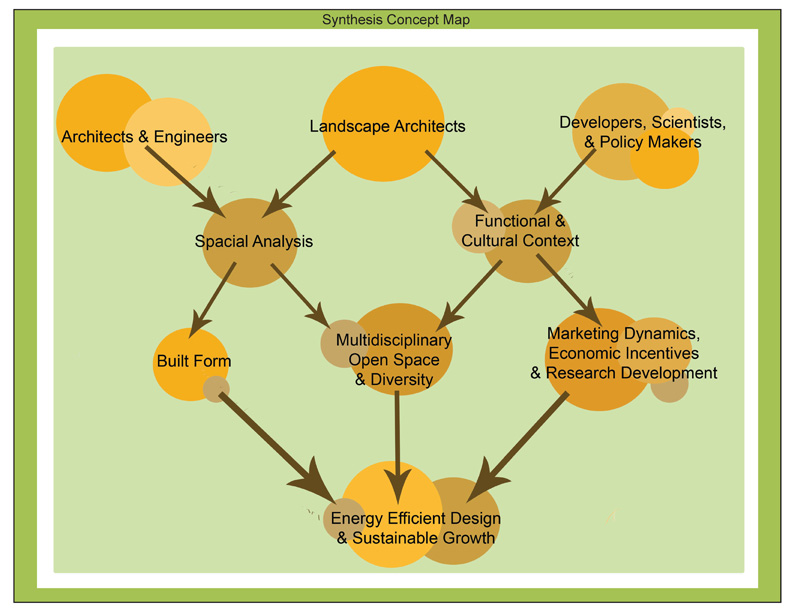Future Landscapes Group 2
--> Back to overview of assignment 3
Case Studies
Case Study Clemson 2
Case Study Tartu 2
Core Questions
Attention: this is a dynamic page list, the answers written in your case studies will appear automatically here. Do not edit this second paragraph.
In how far does this project reveal your concept of future landscapes?
<DPL>
category=Future Landscapes Group 2 Case Study mode=ordered include = #Core Question 1: In how far does this project reveal your concept of future landscapes?
</DPL>
What is the role of landscape architecture in this project?
<DPL>
category=Future Landscapes Group 2 Case Study mode=ordered include = #Core Question 2: What is the role of landscape architecture in this project?
</DPL>
Comparative Analysis
- Which major similarities and differences could you identify in those two case studies?
Both of the projects are "green thinking" projects. The difference between these two projects was the cause, how "the green thinking" started. The american project started because of the blackout of the power grid collapsing. The estonian project started because there was necessity for independence from imported energy. The reason for new thinking was the same, but the other project started from pre-warning.
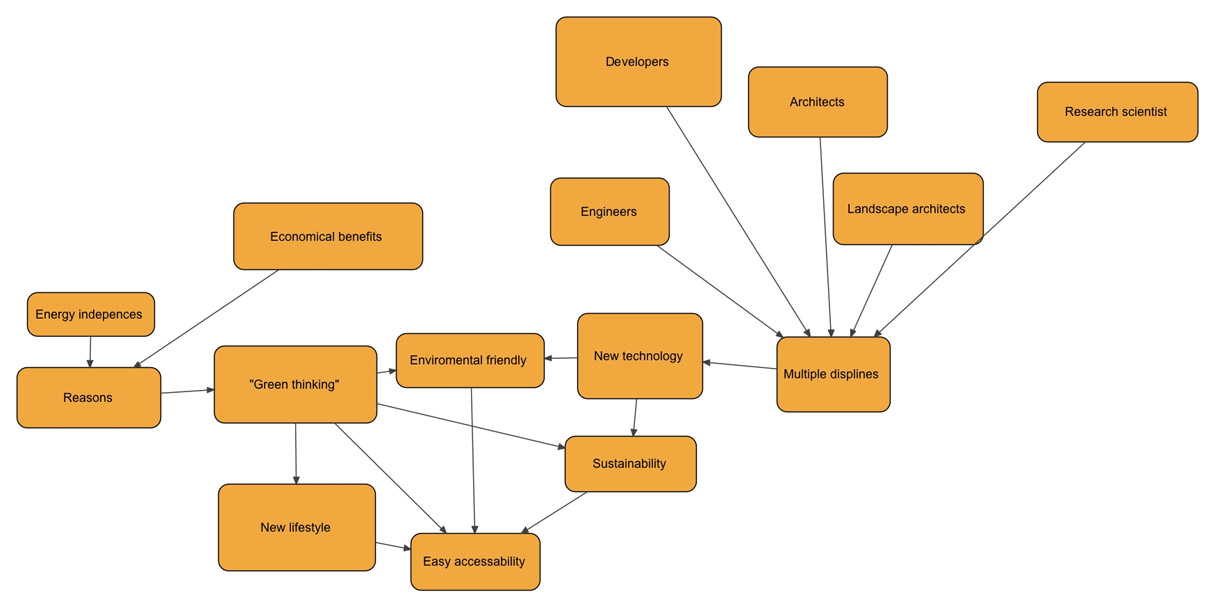 File:Geos Concept Map
File:Geos Concept Map
Synthesis and Outlook
When landscape architects, engineers, and architects work on projects involving sustainable design, they have a broad task of creating a design/development that encompasses many realms of the social, political, and ecologic fabric of a landscape. Social sustainable landscapes encompass historical & cultural context, health and well-being, as well as well as the public voluntary input on a project. Political sustainable landscapes address the governance, economic, land use management, development strategies, and policy structures of a project. The ecological sustainable landscape addresses the resilience of a landscape with an emphasis on biotic systems and how they interact and are affected by the social and political elements of a sustainable landscape. These are just a few of the layers that provide linkages to one another to create a self-sufficient entity in the form of a sustainable landscape. The landscape architects are part of larger project. They need extra skills, how to implement new technologies and materials into the landscape and deal with the difficulties what comes with them.
